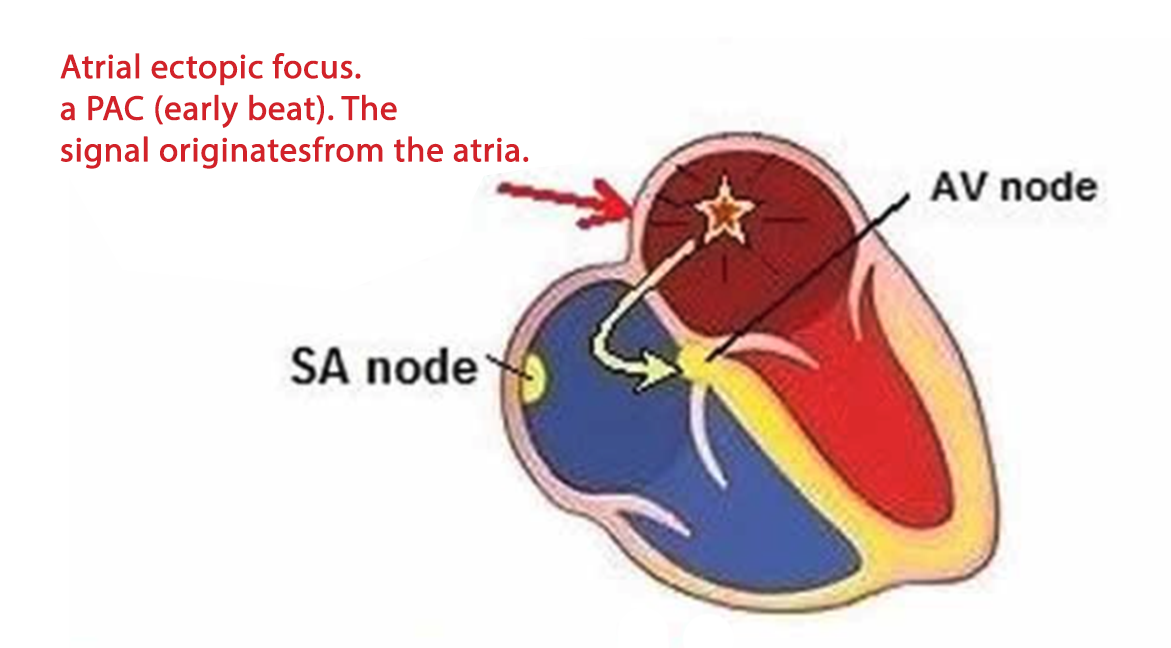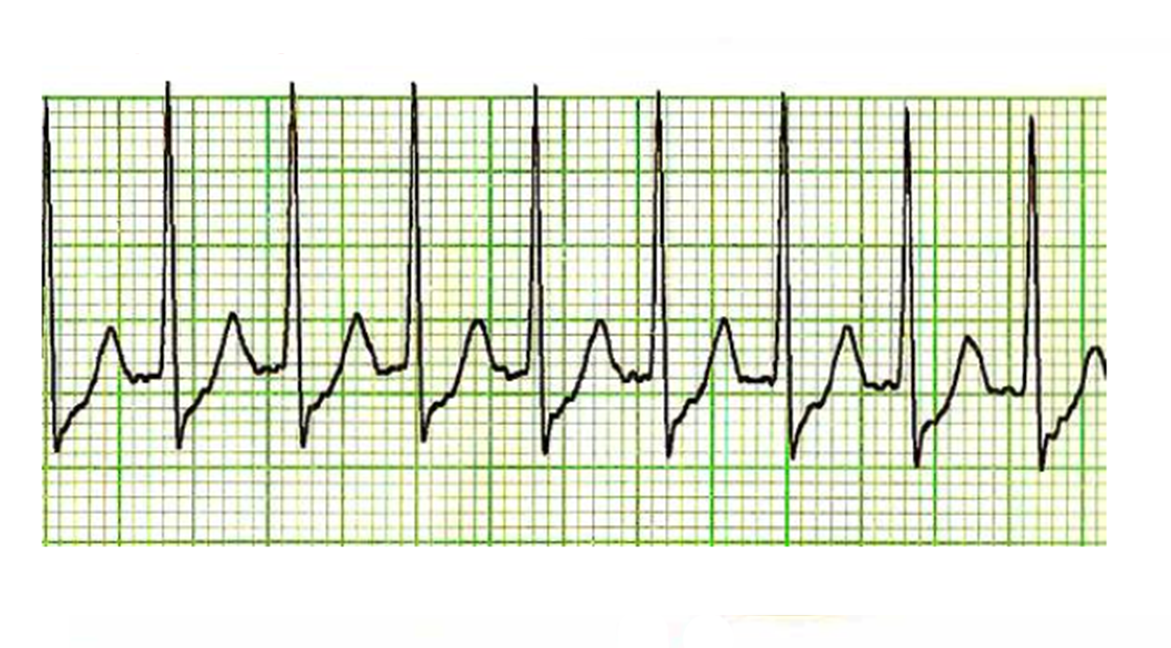What is paroxysmal tachycardia?
The term paroxysmal tachycardia refers to a heartbeat intense that the patient experiences suddenly and that, after a variable duration, ceases just as suddenly.
The definition then refers to a symptom; the arrhythmias that can cause it are many. Those that cause it most frequently originate from the atria and the electrical junction zone between the atria and ventricles: have a NONventricular origin and are therefore termed paroxysmal supraventricular tachycardias.
What is the danger of paroxysmal supraventricular arrhythmias?
In most cases these arrhythmias are not dangerous, partly because they are not usually associated with structural heart disease . The patient experiences a strong heartbeat and may be very annoyed, but the functioning of the heart remains sufficient to ensure good circulatory function. If arrhythmia arises instead in patients with associatedheart disease then the impact on the cardiac physiology may be greater and result in even major symptoms.
What arrhythmias most frequently result in paroxysmal supraventricular tachycardia?
The most frequent arrhythmia is paroxysmal nodal reentry tachycardia: it is characterized by an electrical short circuit that can be triggered between the two electrical conduction pathways located at the electrical junction between the atria and ventricles. In most people at this location there is only one electrical pathway conducting the impulse from top to bottom. In a certain proportion of the population this electrical pathway can be split into two components, a fast-conducting one and a slow-conducting one, and this forms the basis for which a short circuit can be triggered that activates the heart at a high frequency (Fig. 1).
The patient will then experience a sudden heartbeat that may be associated with chest tightness, shortness of breath, feeling of dizziness, weakness.
What is paroxysmal re-entry tachycardia through abnormal pathway?
Another form of arrhythmia is paroxysmal re-entry tachycardia through abnormal pathway.
In this case , the short circuit occurs between the junction atrioventricular junction and an accessory conduction pathway between the atria and ventricles, present from birth at a different site in the heart (Fig. 2).
The electrical activation reaching the ventricles through the atrioventricular node (fig.2 point A), instead of extinguishing to make room for the next cardiac cycle it returns backward to the atria through the abnormal pathway ( Fig 2 point B) and then again activates the ventricles resulting in an uninterrupted short circuit.
Atrial tachycardias
Then there are other forms of paroxysitic tachycardia sustained by arrhythmias located in the atria , the atrial tachycardias. They occur due to a localized short circuit within the atrial cavities or due to the presence of a focus that activates extremely rapidly like a light bulb that turns on and off rapidly intermittently (Fig. 3).


How is paroxysmal tachycardia diagnosed?
The diagnosis of paroxysmal tachycardia is made by electrocardiogram , which should be performed when the arrhythmia is ongoing.
Performing the electrocardiogram when tachycardia is not ongoing is usually not sufficient and only in some cases can provide useful elements, such as signaling the presence of a WPW syndrome.
Once the diagnosis is made, depending on the patient ‘s clinical features , investigations are performed to assess the presence of clinical conditions associated such as possible thyroid overfunction (blood test) or the presence of associated heart disease (echocardiogram, coronarography, cardiac MRI ).
Almost never can the electrocardiogram alone distinguish between the different mechanisms underlying paroxysmal supraventricular tachycardia . Therefore, the performance of electrophysiological study is necessary for a complete diagnosis.

